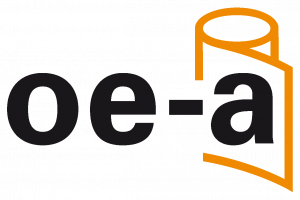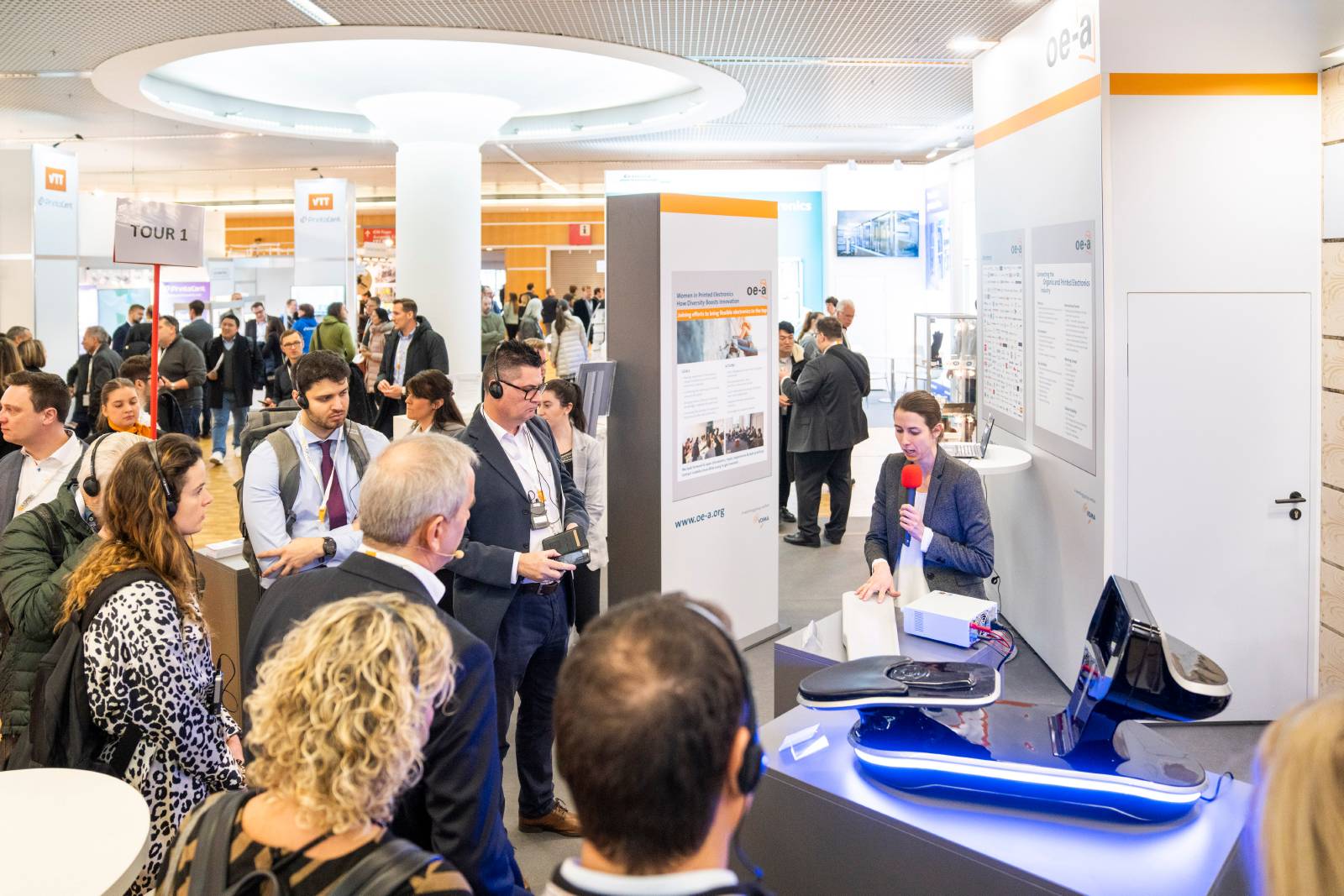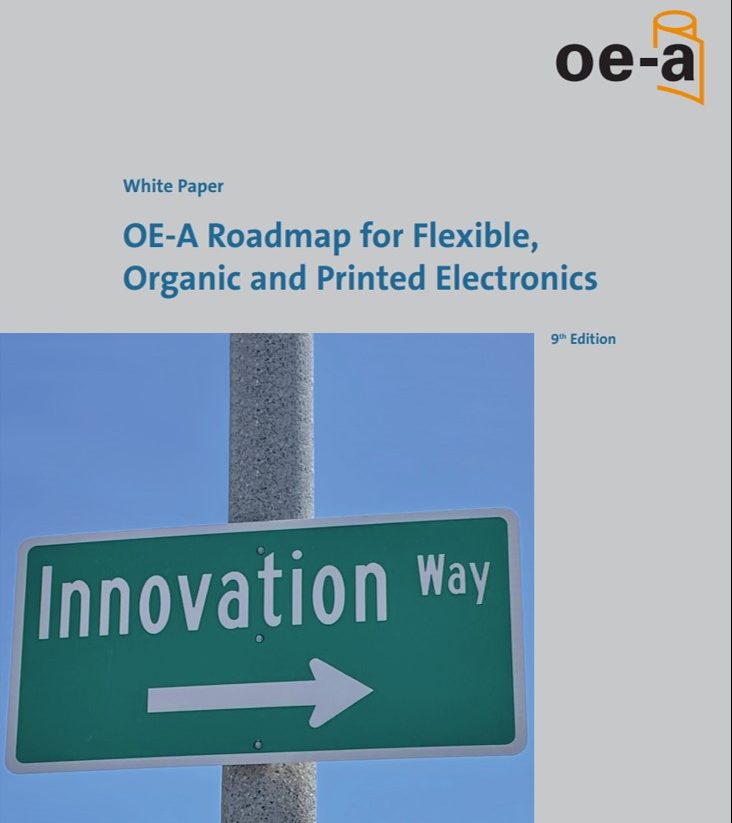Lehrstuhl FAPS, Germany
Their demonstrator showcases a new lighting concept created using advanced 3D printing and electronic printing technologies.
It demonstrates how modern manufacturing can combine design flexibility with built-in electronics to create unique, customizable lighting products. The benefits of this approach include:
- Design Flexibility: The base of the light bulb can be 3D-printed in any shape, allowing for creative designs that fit specific aesthetic and functional needs.
- Integrated Electronics: The electrical circuit is printed directly onto the surface, making it easier to create complex designs without needing traditional circuit boards.
- Customization: Products can be personalized and adapted to individual preferences, making it possible to create lighting solutions that are unique for each customer.
Functionality
The lighting demonstrator is compatible with standard E27 light bulb sockets and can be powered directly from 230V AC mains voltage. A full bridge rectifier transforms the input voltage to pulsing DC voltage, which is smoothed by a 4.7 µF capacitor. A 1 MΩ resistor in parallel discharges the capacitor when the power is turned off. 15 high power LEDs are connected in series with two 1 kΩ resistors to regulate the brightness and prevent the device from overheating.
Depending on possible safety concerns, a 12V DC version of the demonstrator can also be provided. It will have an almost identical look but will use low power LEDs and a standard 12V power supply.
Both versions of the demonstrator will have the light bulb pre-mounted in a E27 socket, placed inside an acrylic glass enclosure. To turn it on, the power cable is just plugged into a power outlet.
Benefits of the project
This project demonstrates the combination of additive manufacturing and printed electronics, offering significant advancements in design flexibility, customization, and production efficiency.
By integrating electronics directly onto 3D-printed structures, the need for traditional circuit boards is eliminated, reducing assembly complexity and allowing for the creation of more compact, functional, and personalized products.
The approach also promotes material efficiency, minimizing waste and supporting more sustainable manufacturing practices. Additionally, the rapid prototyping capabilities enable faster innovation cycles, making it easier to test and refine new ideas.
While most printed electronics applications focus on low-voltage systems, this demonstrator shows the potential of this technology for mains voltage products.
Target Industry
- Lighting Industry
- Consumer Electronics
- Smart Buildings
- Hotels
Organic & Printed Components
- Conductive path
- Interconnection
Classical Components
- Full Bridge Rectifier
- Capacitor
- Resistors
- High Power LEDs







